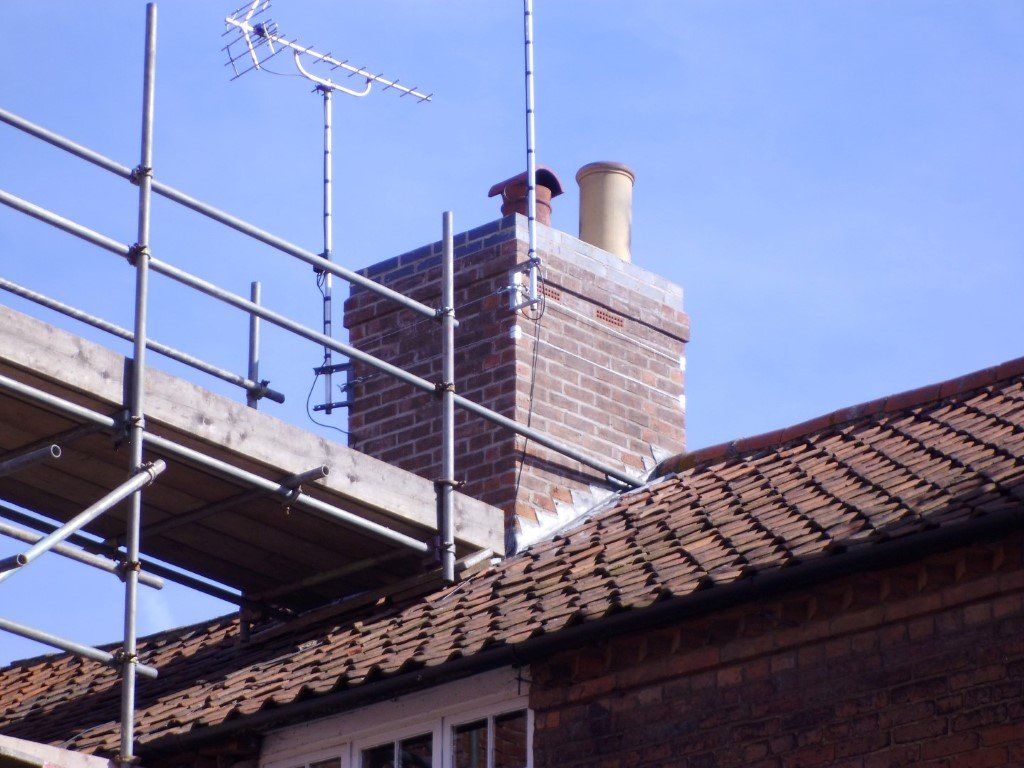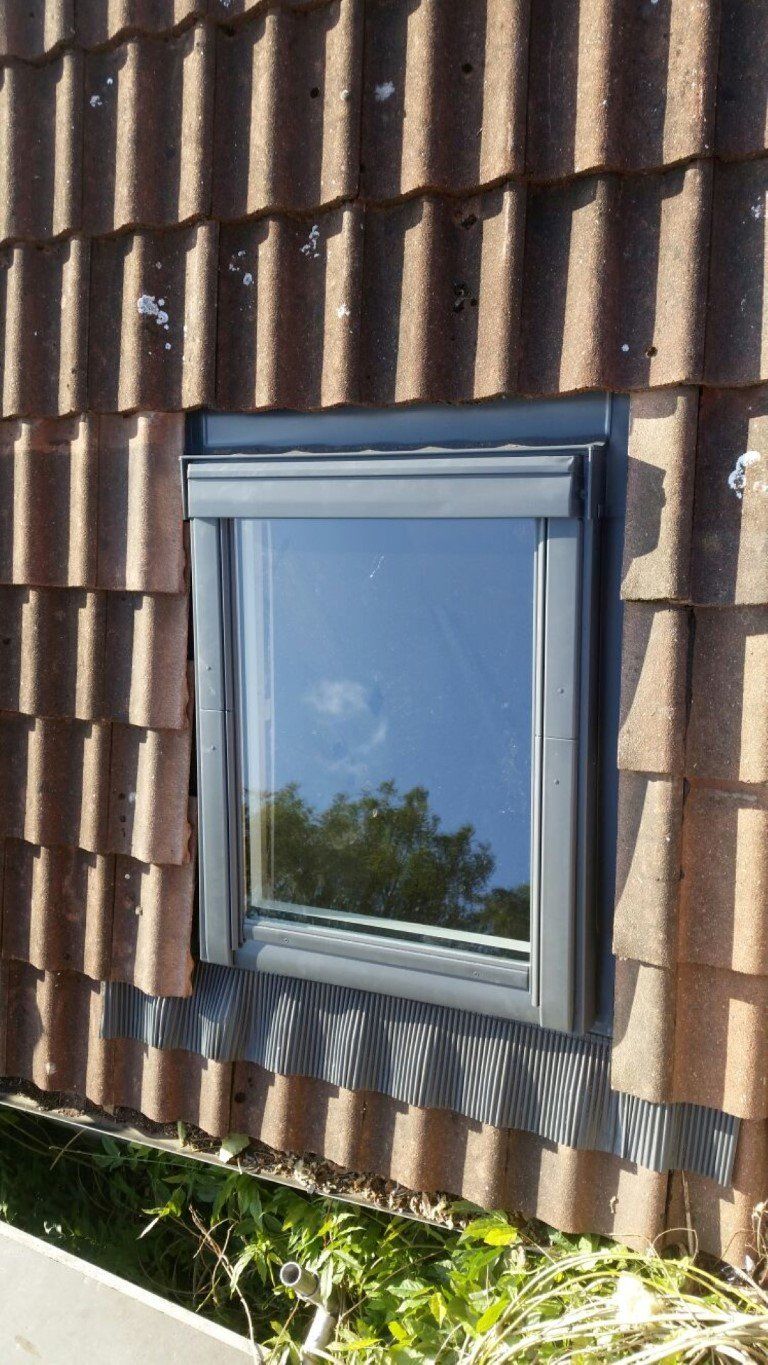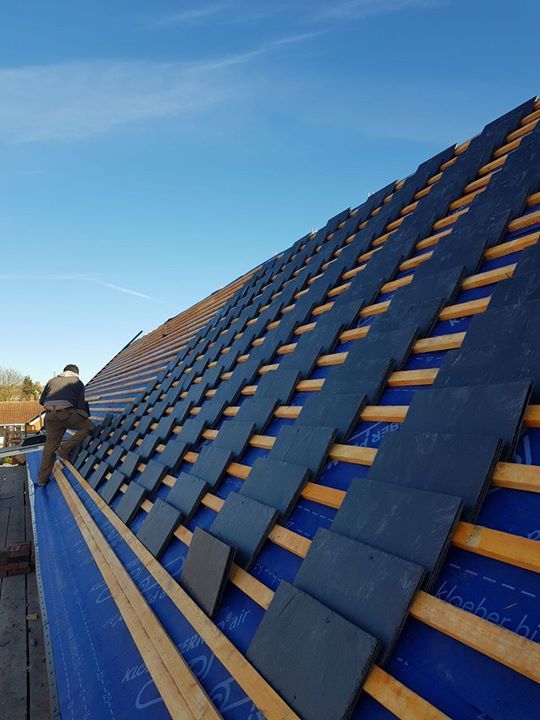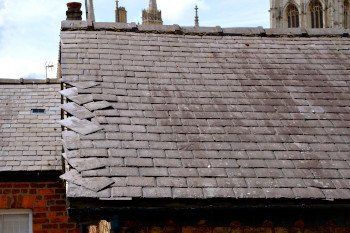A Complete Guide to Roofing for Your Property
- By Academe Roofing
- •
- 18 Feb, 2019
- •

Every home needs a roof, but there are so many designs and materials to choose from that it can be difficult to select the right options. What works for one person won’t for another, so it’s a very personal decision to make as you begin your building journey.
Perhaps the most crucial thing is to make sure you select the correct
people to build your home when you start roofing. The roof is an important part
of the structure and a professional roofer is a must. However, whether you’re
building a residential, commercial, or industrial property, any roofing
decisions will ultimately come from you. That means you need to educate
yourself and this guide is here to help.
Flat Roof Design vs. Pitched Roof Design
Do you want your roof to be flat or pitched? It’s an age old decision that can be difficult. However, you need to consider a few things that might make the whole situation easier.
Snow and Inclement Weather: How much heavy weather do you get in the area you’re building in? If it’s cold outside and you get heavy snowfalls, it’s a good idea to consider how you plan to get the snow off a flat roof, if you buy that way. A pitched roof that is steep enough won’t need to be cleared of snow, since it will just slide off. However, a flat roof offers easier access for shovelling, if it comes to that.
Flat roofs aren’t completely flat, either. They do have a slope so water will drain off of them, which helps considerably.
Pricing and Economy: If you want the cheaper roof, a flat roof is the best option. It’s not going to cost you as much as a pitched roof. This is due in part to the simpler structure required and partly because there is less area to cover. Materials may also be cheaper at times for a flat roof.
Durability: How long will your roof last before it needs replacing? This is one area where pitched roofs excel, mostly because no one is walking on them. Flat roofs do tend to require replacement sooner rather than later, but even so, they can last 10-25 years, depending on the materials used.
Access and Ease of Maintenance: For a flat roof, it’s relatively simple to clean it off and you’ll have quick and simple access to gutters, solar panels, and anything else that may require maintenance. However, it’s important to note that you will have more maintenance with a flat roof simply because debris and such tends to accumulate quicker. A pitched roof tends to let that slide off, but does offer more danger when you’re trying to get up to maintain the roof.
Types of Roofing Materials
The type of roofing material you select will be partially dependant on the type of roof you have decided on. However, there are certain materials that are most common and should be looked at.
Concrete: This is generally used on commercial or industrial buildings and can be left alone for the most part. It’s durable, though needs to be sealed, and works for flat roofs. The concrete can either be poured or it can be assembled from tiles of porous concrete.
Solar Tiles: These are a fairly modern option, where roofing tiles are built right into the shingles and provide energy. They are a little more expensive than the regular solar panels, but look like roofing tiles, so the aesthetic is considerable more pleasing. These are best used on a pitched roof in a warm area. If you don’t get much sun, then you’ll want to use regular roofing materials instead.
Asphalt: Asphalt or bitumen can come in two forms. It can be laid down on a flat roof or it can be found in shingles so you can lay a pitched roof. In both cases, this type of roofing tends to need replacing more often than other types. Flat roof installation requires laying down the asphalt and topping it with gravel, whereas shingles come ready made.
Metal roofing: Metal is a very useful material for roofing and can be considerably cheaper than some types of roofing material. It is fire-resistant and tends to shed rain and snow very well, so it’s useful in areas that receive inclement weather. The metal is also lightweight and fairly easy to install, but it can be prone to corrosion, depending on which type you choose.
Slate: When it comes to long lasting roofing, slate is the go-to. It cannot burn and will last for decades, if not a century. It’s heavy and can break fairly easily if you walk on it, but for many people, the classic look of slate is worth its downsides.
Clay tiles: Another classic is the clay tile. These tend to break easily, but they look beautiful and work best in drier climates with plenty of sun. You’ll also find that this type of roofing may require a little extra support, since the tiles can be somewhat heavy compared to regular shingles.
Tar and gravel: Specifically for flat roofs, both residential and commercial, this type of roofing uses layers of tar or another adhesive topped with gravel or a similar item. While the roof can be sticky in the heat of summer, it is very resistant to foot traffic and works well if you plan to spend a lot of time on your roof. They’re also fairly long lasting, up to a quarter of a decade.
Green roofs: A fairly popular option these days is to plant your roof. It does require some special preparation though, since the greenery and soil can be quite heavy. You´ll need a vapour barrier and multiple other layers to keep everything separate and to prevent leaks. This type of roofing can sometimes be walked on, depending on the plants used and it lasts decades.
Which roofing option is right for you? That’s your decision, but one
your architect can help you decide on. Then the next step is to find a roofer
that can handle the installation.
Roof Tiles vs. Shingles
Generally speaking, roof tiles tend to be the number one choice for roofing around the world, but it’s all dependent on the look you’re after. Tiles are usually heavier than shingles and set over each other, made of slate or terracotta. There are shaped metal options, however. Some tiles will last for a full century and warranties may be up to 50 years.
Shingles are cheaper than tiles, but they do need to be maintained regularly. They are available in a wide range of colours and textures so you can select the best ones for the look you want. They’re also likely to accumulate odds and ends and debris, so they need to be cleaned frequently.
Shingles tend to reflect sunlight well, so they’re ideal for warmer areas and snow tends to slide right off. Tiles are great for cold areas, since they insulate a little and can handle quite a bit of snow.
Both tiles and shingles are heavy, but tiles definitely win in this case. You’ll need to ensure the structure of your roof can handle the weight and even more weight if it snows. Unless you opt for the lightweight versions of the tiles or metal tiles, you’ll find yourself working with shingles if you need a lighter roof.
It is up to you which type of roofing you opt for. They’re both very
good and sturdy, so the choice is yours.
Finding Great Roofing Contractors
Just searching “roofing contractors near me” will give you a number of results, so how do you choose just one? The simplest way is to talk to other people who have had their roofs done. They can give you the pros and cons of the various roofing contractors.
Another option is to do a little digging online, read some reviews and take a look at the photos of roofs that are already done. You can get a fairly good idea of what is on offer this way. Then you just need to hire a contractor to start the drawing.
Your roof will be with you for a very long time, so you need to make sure it’s going to last. Plan ahead and choose the roofing type that best works for your area and weather, as well as your personal preference. If you like dark roofs, for example, then you should be able to have that. Likewise, if you want solar power without the actual panels, solar shingles might be your best choice. Make your roof what you want it to be.
Ready to start roofing? Give us a call and we can provide you with a quote for the type of roof you need.
Since the
UK’s move to central heating, our chimneys don’t see a huge amount of use
anymore. However, as many households still have one connected to their
properties, it is essential to keep your chimney in good nick, especially if
you happen to still use yours.
What’s worse, not keeping on top of chimney maintenance can create a
potentially dangerous environment. With this in mind, here are four of the most
common reasons why you might need chimney repair.
Aside from
smoke, other substances can end up sticking to the inside of your chimney.
Creosote, a chemical made from the burning of plant matter such as wood can
quite easily start to cause problems for your chimney if left unchecked.
The tar-like substance mixes with soot and begins to stick to the sides of the
chimney, causing a buildup. This can cause untold problems as creosote is an
extremely flammable substance, making house fires increasingly likely.
Therefore, it is essential to have this cleaned out as soon as possible.
Creosote
isn’t the only thing prone to blocking a chimney, especially if the chimney in
question hasn’t been used for a while. Anything from leaves and debris to birds
and wasps nests can make their way into your chimney flue.
Much like creosote, any form of blockage could be a potential fire hazard so it
is important to check at least annually for any problems, especially if your
chimney is still in use.
Unlike
modern chimneys which are built with durable stainless steel flue linings,
older builds used clay tiles instead. As clay is a much more brittle material,
this means that older chimney flues are prone to crack over time.
Cracks in the flue are extremely dangerous for chimneys that are still in use
and pose one of the biggest risks to your home. This because fire can more
easily seep through the cracks in the flue, catching fire to other combustible
areas of your property and causing untold damage. This is one of the most
important reasons why you should have your chimney inspected annually.
Maintaining
the outside of the chimney is equally as important as the inside and if you’re
noticing the masonwork beginning to deteriorate, it’s probably time to have
some pointing work carried out.
Although not as pressing as flue damage, any deterioration of the brickwork can
lead to more significant damage to the building over time so it’s always good
to check.
Expert Chimney Repair with Academe Roofing Services
Keeping
your chimney in great condition is not only essential from an aesthetic
viewpoint but is also vital in keeping it safe for use. Here at Academe
Roofing, we offer a range of repair options for our customers across the
Nottingham area, from repointing and restoration to the removal of chimney
stacks.
For more information on our range of services, visit our
website
or get in touch on 0115 950 6444.




